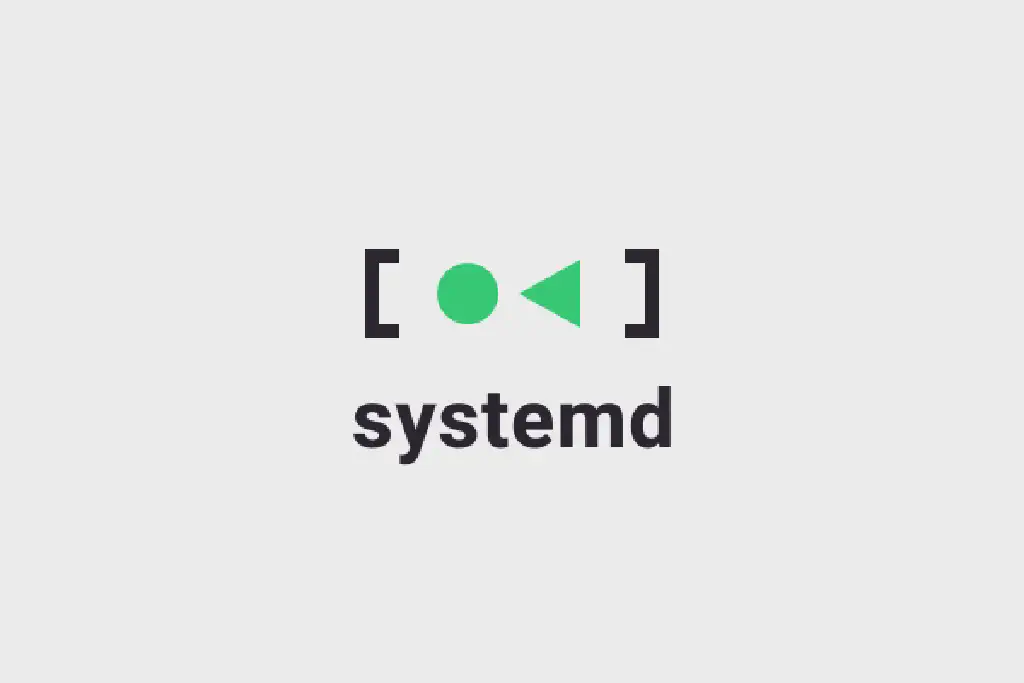Custom Systemd Service
Create Your Custom systemd Service Unit

As defined in its homepage “systemd is a suite of basic building blocks for a Linux system. It provides a system and service manager that runs as PID 1 and starts the rest of the system”. Its an init system used to bootstrap user space and manage user processes. The main aim of systemd is to unify service configuration and behavior across Linux distributions.
One simple use-case where systemd comes in handy, is when I want to run certain services or programs at system startup. For instance, I use Golden Dictionary as my dictionary software to find definition of words I come across while surfing the Internet.
Every time I fire up my machine, I need to remind myself to go and run GoldenDict manually. This has become tedious over time, and I always seem to forget to do so. An easy and permanent fix would be to create a systemd service to fire up GoldenDict whenever my machine starts.
System vs. User Services
systemd manages a lot of units (services, timers, mounts, sockets, etc.). All these resources are handled and monitored by systemd on behalf of all users of the system. But how can we create and control a custom user-specific service that runs only for a specific user. This is where user units come into play.
If you run systemctl in your terminal you’ll see all the system units that
systemd manages on your behalf. Most of these units run with root privileges;
thus, you need sudo to start/stop or modify any of these units. On the other
hand, if you run systemctl --user systemd will list all the user-specific
units that you have direct control over without the need of sudo privileges.
To create a user-defined unit (in our case a service), you’ll need to do so in
$HOME/.config/systemd/user This is where all your custom defined units should
live. If you run system-ctl --user with a unit name, systemd will
automatically look inside this directory for a matching unit name.
Create Our systemd Service
Now, to create our GoldenDict servcie let’s create a service file in this directory.
$ touch $HOME/.config/systemd/user/goldendict.service
Then let’s write the following.
[Unit]
Description=Golden Dictionary Service
[Service]
Restart=always
RestartSec=5
ExecStart=/usr/bin/goldendict
ExecReload=/usr/bin/kill -SIGUSR1 $MAINPID
[Install]
WantedBy=default.target
The unit description is self-explanatory. The Service directive details how
the service should behave.
- Restart: The service should always attempt to restart unless it was shutdown by the user
- RestartSec: The amount of seconds it should wait before attempting a restart
- ExecStart: The executable that it should run (in this case, its the GoldenDict binary)
- ExecReload: The command to run to kill the service and reload
The Install directive defines the prerequisite target in order for the service
to run. In this case the service will not run until units in the default target
run first.
Now save and close the file. If you want to run the service immediately you can run.
$ systemctl --user start goldendict.service
This will start the service and you can start working with GoldenDict. But this will not fire GoldenDict at the next system boot. In order to do so you need to enable the service as such.
$ systemctl --user enable goldendict.service
This will ensure GoldenDict runs every time you startup your machine. Happy hacking 🙂